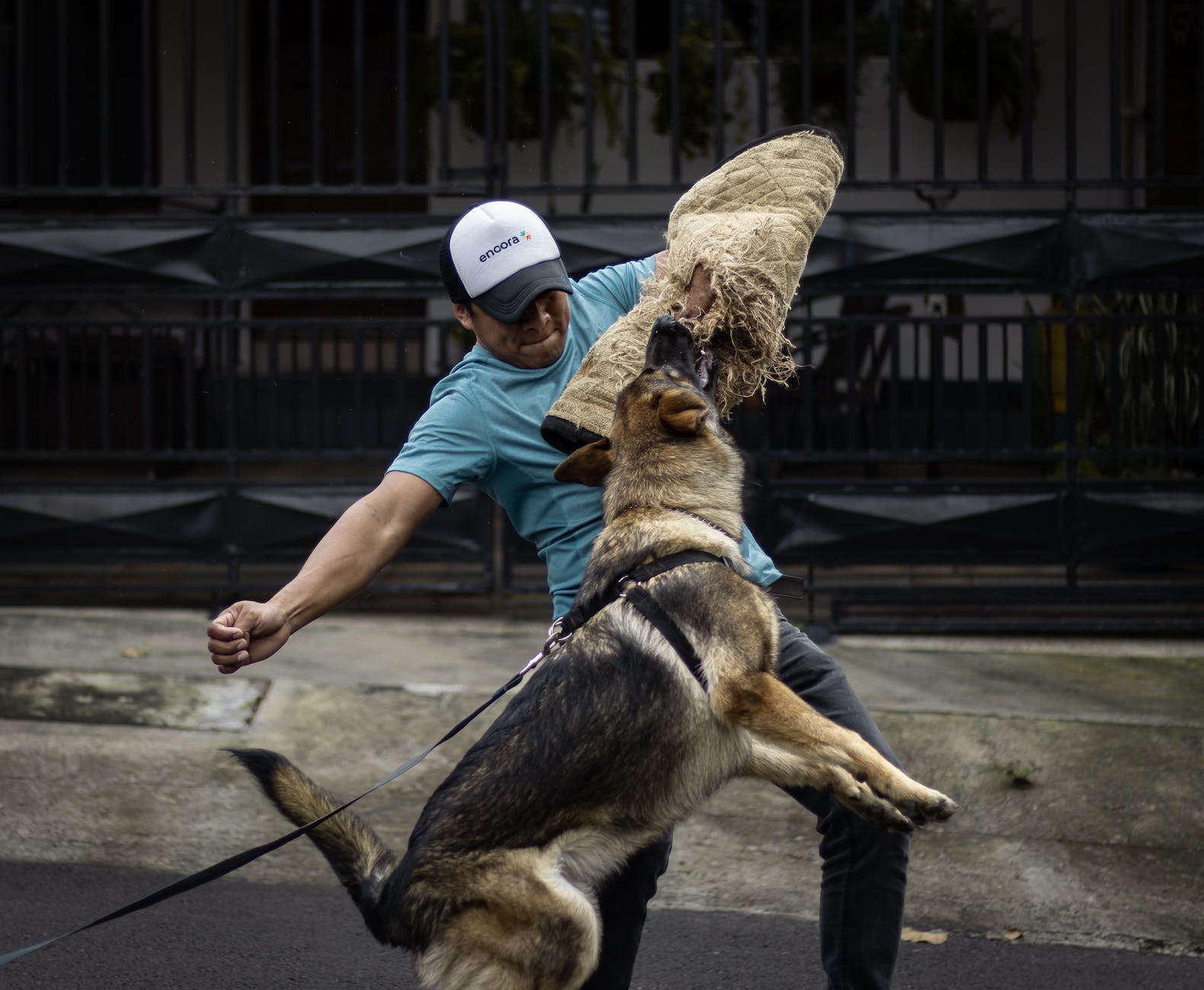
Dog
Welcoming a furry friend into your home is a joyous occasion, and as a responsible pet owner, you want to ensure that your new canine companion grows into a well-balanced and non-aggressive dog to prevent injuries and unwanted circumstances from occurring. Creating a nurturing environment, providing proper training, and fostering positive social interactions are key elements in raising a happy and harmonious dog. The following are essential steps to help you on your journey towards nurturing a well-adjusted and non-aggressive furry family member.
Start Early with Socialization
Socialization is crucial during a puppy’s early months, as it shapes their behavior and responses to various stimuli. Introduce your puppy to different people, animals, environments, and experiences to build their confidence and reduce fear or aggression towards the unknown. Positive associations during this critical period will lay the foundation for a well-adjusted and friendly dog.
Emphasize Positive Reinforcement Training
Positive reinforcement training is a powerful tool in shaping your dog’s behavior. Reward desired behaviors with treats, praise, or affection, and avoid punishment-based training methods, which may lead to fear or aggression. Consistency and patience are key when teaching commands and boundaries, helping your dog understand what is expected of them in a gentle and encouraging manner.
Provide Adequate Exercise and Mental Stimulation
A tired dog is a happy dog! Regular exercise and mental stimulation are essential for a well-balanced canine. Daily walks, playtime, and engaging activities such as puzzle toys or training sessions keep your dog physically and mentally stimulated, reducing the likelihood of boredom-induced behavioral issues.
Set Clear Boundaries
Establishing clear boundaries from the beginning is vital in raising a well-behaved dog. Consistency is key; avoid mixed messages by enforcing the same rules for all family members. Your dog will feel secure and understand their place in the family dynamic, which can help prevent dominance-related aggression.
Monitor Body Language and Behavior
Being attuned to your dog’s body language and behavior is essential in identifying potential triggers for aggression. Learn to recognize signs of stress, fear, or discomfort, and respond appropriately by removing them from distressing situations or providing comfort and reassurance.
Practice Controlled Social Interactions
While socialization is important, it should be done in a controlled and supervised manner. Avoid overwhelming your dog with too many new experiences at once. Gradually introduce them to new people, animals, and environments, and ensure all interactions are positive and pleasant.
Avoid Rough Play
Playtime is essential for bonding with your dog, but it’s important to avoid rough or aggressive play. Encouraging gentle play helps instill good manners and teaches your dog to regulate their excitement and impulses.
Seek Professional Help if Needed
If you notice concerning behaviors, such as fear, anxiety, or aggression, don’t hesitate to seek guidance from a professional dog trainer or behaviorist. They can help identify the root cause of the issue and create a customized training plan to address it effectively.
Spay or Neuter Your Dog
Spaying or neutering your dog not only helps control the pet population but can also reduce aggressive tendencies in some cases. Consult with your veterinarian to determine the best time for this procedure.
Lead by Example
Dogs are incredibly perceptive and often mirror their owners’ emotions and behavior. Stay calm, patient, and positive, as your demeanor can greatly influence your dog’s temperament and overall well-being.
Raising a well-balanced and non-aggressive dog requires love, patience, and a commitment to providing the best care possible. By focusing on early socialization, positive reinforcement training, and fostering positive interactions, you can create a nurturing environment where your canine companion thrives. Remember that every dog is unique, so tailor your approach to suit their individual needs. With time, effort, and dedication, you’ll enjoy the rewarding experience of having a happy, well-adjusted, and non-aggressive furry family member by your side.






